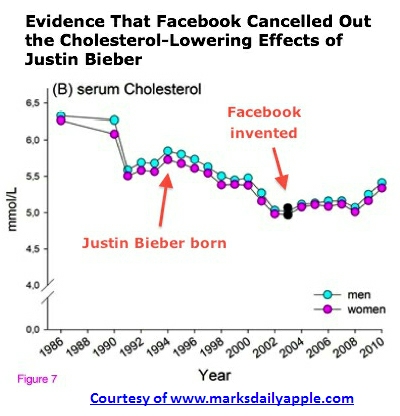Pay to Play – charging work comp service vendors to do business with payers – was a big part of the industry a couple decades ago.
It still is.
Way back when, bagel boys and babes looking for files to service would bring goodies to claims offices; food, trinkets, tickets to the Red Wings game, you name it. Anything transportable was fair game. Didn’t matter if they were repping drugs, DME/HHC, case management, or investigation services, the boys and babes would load up their cars each morning before heading out to do their rounds.
There was also some pretty smarmy activity back then – big parties with lots of booze and entertainment at local/regional claims meetings, even envelopes left on adjusters’ and claims managers’ desks.
Most of the really obvious activity has gone the way of the green screens. Now that work comp payers have limited access to claims offices – and many have home-based their adjusters – the “retail sales” folks have a much tougher time getting access.
Alas, pay to play persists, its just moved up the corporate ladder. That’s not to say there weren’t unethical practices in past years – there most certainly were. What’s changed is awareness and top-down vendor management. There is much more control of many vended services from payer HQ, allowing payer execs more insight into what’s happening at the adjuster level. As a result, the locus of decision making has (partially) shifted from the desk level up the corporate ladder.
Now, we see P2P occurring in two ways – overt fee sharing, where vendors pay commissions/rebates/fees to the payer, and the much-less-talked-about, but nonetheless far-too-common direct payment to decision makers.
We will discuss the payer payments later this week…for now, the focus is on the decision maker payments. Note I’m NOT talking about social events – golf outings, dinners and the like, relationship-building events long accepted, commonly practiced, and openly acknowledged. No, this is about highly unethical if not outright illegal payments and practices, such as:
- untraceable gift cards, bought with cash, given to payer decision makers. One decision maker demanded cards to “help his boys with their college expenses.” He asked (and likely still does) for cards for specific retailers as the price to get a meeting with him to even discuss a vendor’s services.
- consulting fees paid to the decision maker’s significant other. This is happening today, with the vendor forced to keep the cash flowing to keep the referrals coming.
I don’t believe work comp is any better or any worse than any other industry – there are always going to be scummy sleazebags with their hands out, creatively enriching themselves at the expense of their company, their claimants, their employer and/or taxpayers.
I do believe we need to do a much better job ferreting this out, and payers bear a big part of the responsibility. When a payer discovers a decision-making exec has been lining their pockets at the expense of vendors they rarely (actually never) make this discovery public. In hiding their embarrassment, the payer abrogates their societal responsibility – and ensures they will get screwed again. Until and unless payers prosecute and/or publicly discipline these sleazebags we aren’t going to see it stop.
In fact, given what’s been going on over the last two years, it looks like it’s more widespread than ever.
What does this mean for you?
Time to stand up to sleaze.



